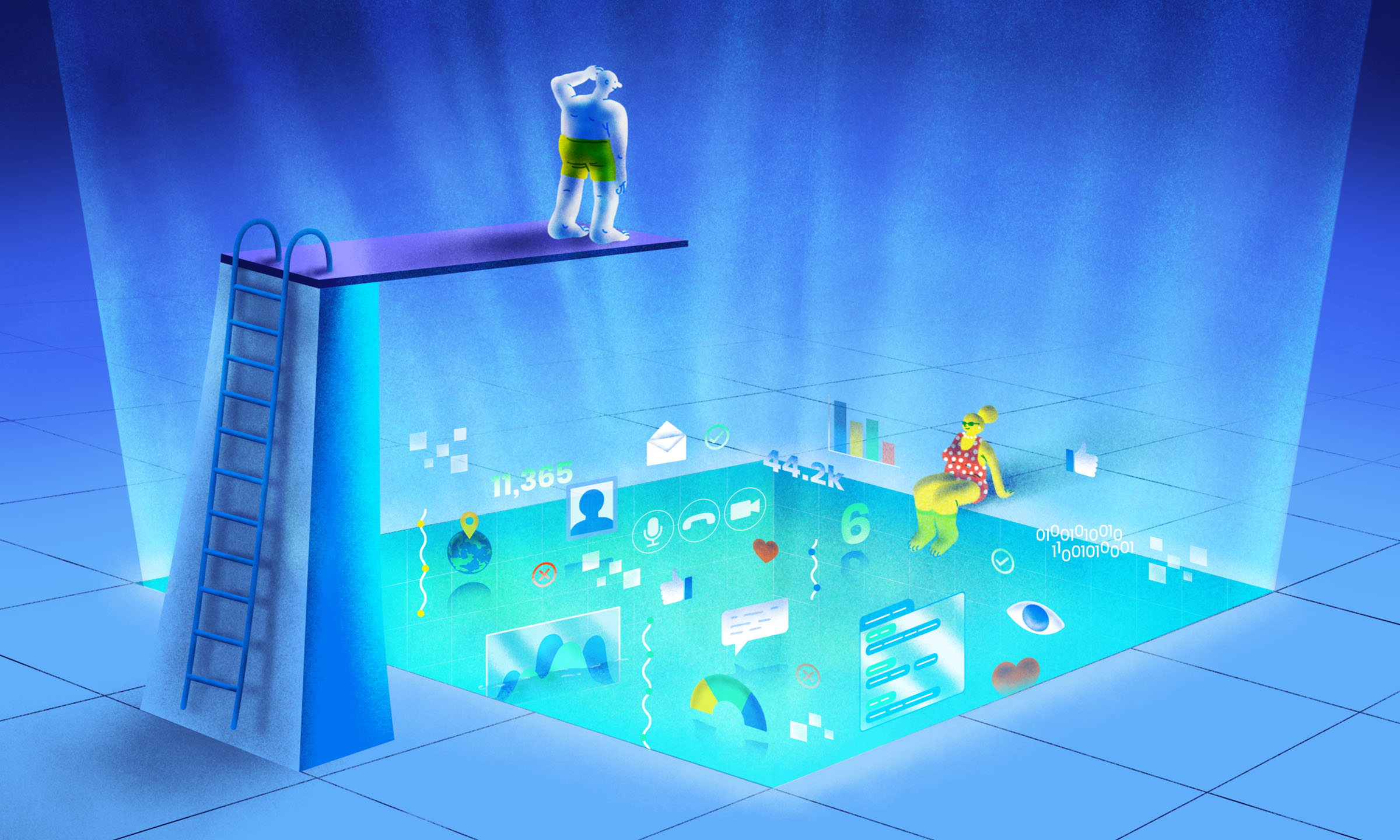How Trust in Technology Affects Adoption Among Care Teams
What good is readily available technology if it’s not being used by the healthcare professionals it was built to serve? In this article, we examine why care teams often favor manual methods like phone and fax over time-saving automated solutions built into the workflow of EHRs — and examine how to build trust in solutions with providers.

Despite the universality of EHRs, many providers express frustration with workflow functionality, which often leads to more labor-intensive ways to accomplish a task.
Sometimes that frustration stems from a lack of training. In a recent survey of providers,1 those who received poor training on their technology were 3.5 times more likely to say their EHR doesn’t allow them to deliver quality care. Proper training can help providers better navigate their technological solutions.
Trust also plays a role in these feelings of dissatisfaction, with many providers doubting the accuracy and/or availability of information within their EHRs. In our 2019 provider survey, 78 percent said out-of-pocket costs are rarely available at the point of prescribing. Of those who could surface that information, most didn’t trust it to be accurate — meaning they’re likely spending additional time sourcing the information they need elsewhere.
Knowing most providers are already overworked and understaffed, this kind of time-consuming work can contribute to burnout. A recent report asking providers what contributed most to their burnout found that 58 percent picked “Too many bureaucratic tasks.” Medscape National Physician Burnout and Suicide Report, 2021
A recent report asking providers what contributed most to their burnout found that 58 percent picked 'Too many bureaucratic tasks.'
Medscape National Physician Burnout and Suicide Report, 2021
What are the biggest obstacles to technology adoption?
Even though EHRs are at the center of nearly all healthcare systems, strict regulations present many new solutions with hurdles that stand in the way of efficient data exchange. Unlike other industries, healthcare technology must comply with extensive regulatory, compliance and legal policies.
Complying with complicated legislation creates extra work for healthcare workers, which can discourage workers from adopting new technology in favor of their existing systems. Technology that can reliably navigate and comply with these strict regulations could make it easier for providers to adopt new solutions.
Technology adoption can also be hindered by an inability to communicate effectively with other tools or solutions. This is why interoperability, inclusive of pharmacists and patients, is crucial in making new healthcare technology agile and efficient.
Risk can also act as a hindrance to technology adoption. With healthcare technology, even a small error could put lives at risk, which could further impact provider trust and willingness to adopt new solutions.
Other factors include poor tech training, which requires a significant time commitment and resources that aren’t always available, like reasonable budgets for training.
What’s driving technology adoption in healthcare?
While the healthcare industry may be slower than other industries to adopt technology, forces are pushing progress in the other direction. The COVID-19 pandemic, for example, accelerated many technological advancements already in the works.
Embracing telehealth during the pandemic was one way providers were able to give their patients personalized care when office visits weren’t an option.
In April 2020, overall telehealth use for outpatient care was 78 times higher than in February 2020. Telehealth: A quarter-trillion-dollar post-COVID-19 reality?," McKinsey, July 9, 2021 Though telehealth use has declined since its peak, it’s still a steady option and is becoming ingrained in healthcare — a sharp contrast to two years ago, when it was an exception.
Our 2021 Medication Access Report found that telehealth looks set to continue being an option for patients in the future.
Ninety percent of providers surveyed said they offered some sort of telehealth option with 54 percent saying the option was available for all patients. Of the 70 percent of patients surveyed who had participated in a telehealth appointment, 54 percent said they did so out of convenience and 68 percent said they would consider using telehealth in the future.
One of the biggest challenges for the industry currently is healthcare interoperability.
Enabling the seamless integration of systems that can provide quick access to comprehensive patient data in a secure, reliable way is a crucial step towards adoption. This interoperability will help drive adoption, but only if technology and processes can be standardized.
Enhancing the patient experience is another area where technology can play a large role for providers.
By leveraging technology that can automate repetitive, time-consuming tasks like form filling and appointment scheduling, those performing administrative tasks can focus on more critical activities relative to improving the patient experience.
Knowing that over half of patients are making sacrifices just to afford their medications, this can help free up crucial time for providers to address affordability concerns their patients may have.
There are significant regulatory steps being taken to make interoperability easier to achieve in healthcare technology. The ONC/CMS information blocking rules set to go into effect this year, for example, will make it easier for health system platforms to exchange prescribing and pricing information, which may increase interoperability and, hopefully, foster more adoption.
Many factors affect adoption and they’re not all tied directly to technology
One recent study explored elements that improve adoption.3 The study found that to fully account for all relevant adoption factors, it’s crucial to focus beyond technology itself and address clinicians’ differing concerns. Concerns include stringent healthcare policies and regulations, data privacy and security issues, existing workload and shortage of resources, how the tools fit into clinical practice and workflow, training and education and leadership support.
Healthcare technology will continue to evolve, and adoption challenges will still need to be overcome. But solutions developed with a more holistic approach that go beyond functionality and focus on providers’ concerns will be better poised for adoption.
For a deeper dive into healthcare technology, download the 2021 Medical Access Report: Technology Edition.
The latest healthcare insights, floated right to your inbox.





